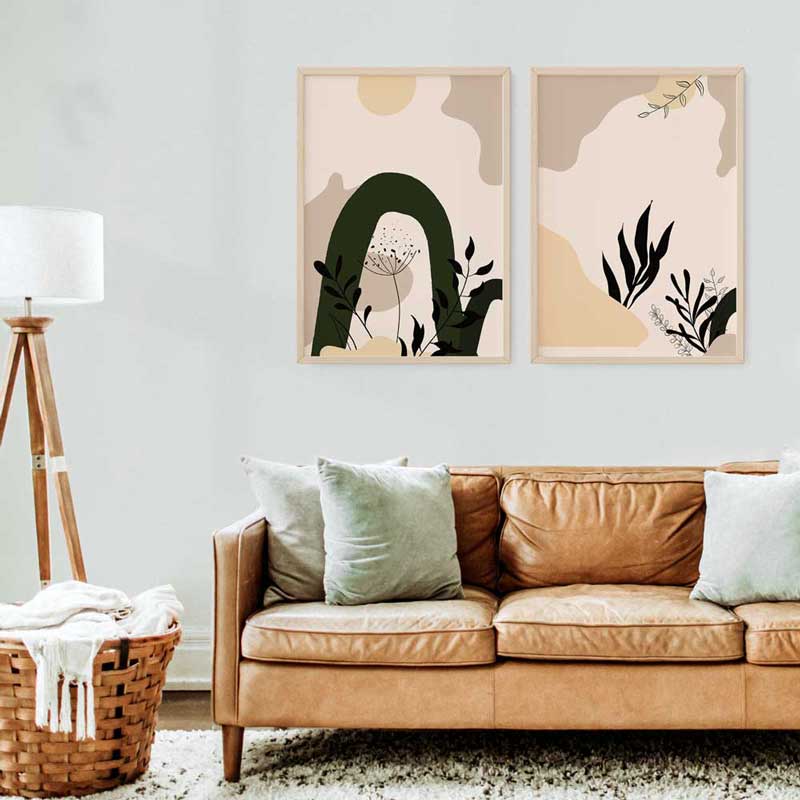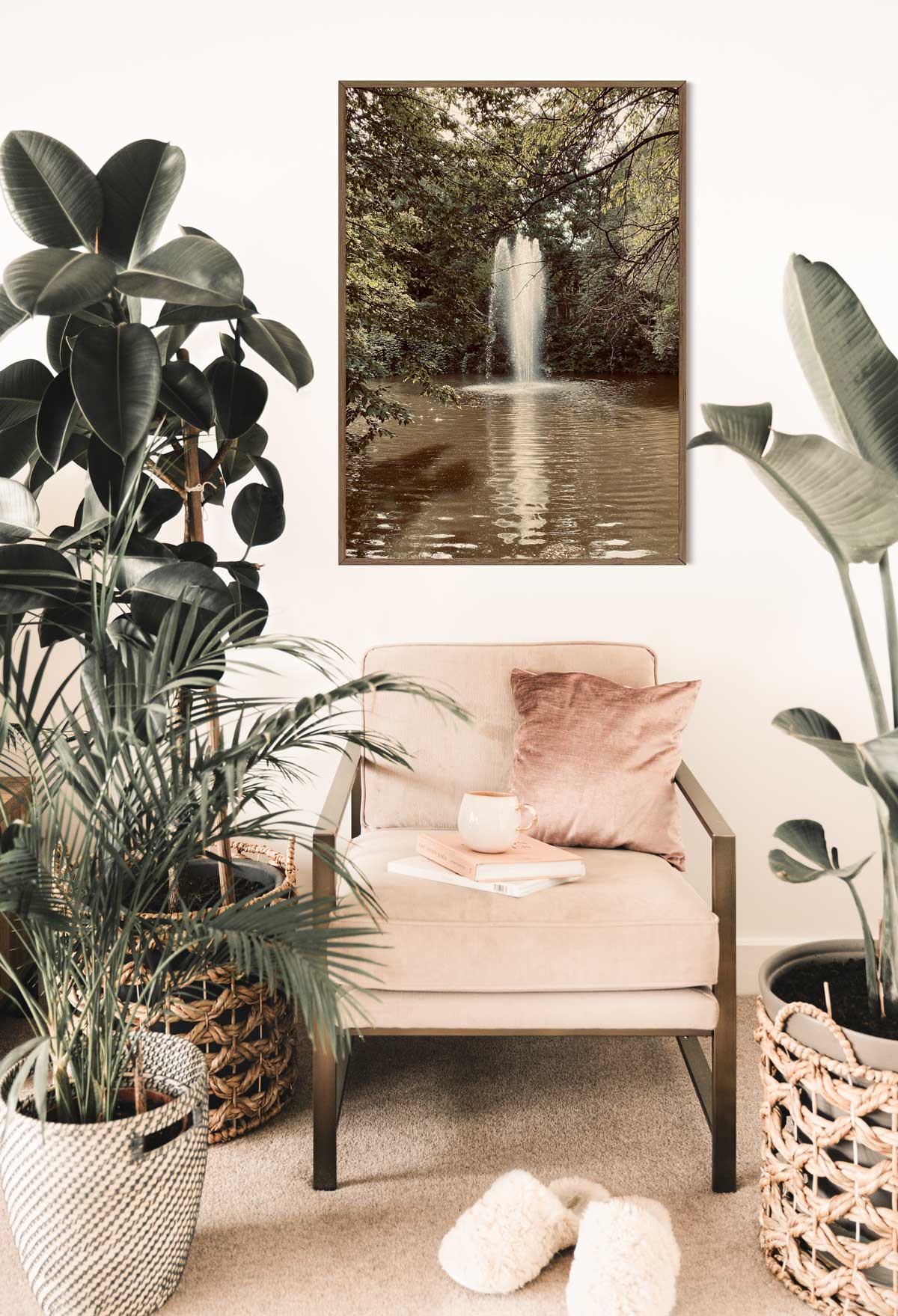Have you ever felt overwhelmed or confused when looking at an abstract painting? Do you struggle to find meaning in the seemingly random shapes and colors? You're not alone. Many people find abstract art intimidating, but the truth is, understanding this art form is easier than you might think. With some basic knowledge and a willingness to explore, anyone can appreciate and find meaning in abstract art. In this article, we will break down the basics of abstract art, provide tips for approaching it with an open mind, discuss the importance of color and form, and show you how to find meaning in abstract art. By the end of this piece, you'll have a deeper understanding and appreciation for this powerful art form.,
The Basics of Abstract Art
Before diving into the intricacies of abstract art, it's important to understand the basics. Abstract art, as the name suggests, is a departure from the representational art that depicts the real world. It's a form of art that relies solely on the interplay of colors, shapes, lines, and textures to convey meaning and emotion. So, unlike representational art, there is no 'subject' in an abstract painting that you're supposed to recognize. Instead, the painting itself is the subject, and it's up to the viewer to interpret and find meaning in it.
That's what I personally love about abstract art. Each of us discovers "something" based on your own experiences and emotions.
Understanding the basics of abstract art starts with an open mind. You have to be willing to let go of your preconceived notions of what art should be and allow yourself to be drawn into the world of color and form. As you explore abstract art, pay attention to the way the artist has used color and form to create a visual experience. Try to determine what emotions or feelings the painting evokes in you.
One of the most important elements of abstract art is color. Color can convey a range of emotions - from tranquility to excitement, from sadness to joy. Many abstract artists use color in a deliberate and intentional way to convey their message. For example, a painting with vibrant, bold colors might be intended to convey energy and excitement, while a painting with muted colors might be intended to convey a sense of calmness or introspection.
Form is another important element in abstract art. Form refers to the way the artist has arranged the shapes, lines, and textures in the painting. Sometimes the forms are geometric and precise, while at other times they are more free-flowing and organic. By paying attention to the forms in the painting, you can start to understand how the artist has created a sense of movement and rhythm.
Before we move on let's have a look at the abstract art I've created in the course "Create Abstract Wall Art in Procreate".
As you can see it's not "really" abstract. Sure you can see forms and shapes but you can also actually identify leaves and flowers - at least some. Beside that there are shapes in the background, on top and on the bottom. For me, this abstract art has a meaning. There is a story behind it (which I talk about in the class). For you, it might have a totally different meaning. And actually that's what I want to achieve creating this abstract art.
I want it to have a different meaning for anyone who looks at it. I want anyone to be able to tell his or her own story. I believe though that it's much easier to do it with abstract art which has some known shapes (just like leaves) rather than "just" having shapes and colors.
Don't get me wrong though. Both ways of abstract art totally have its right to exist, they are just a bit different.

In the next section, we'll explore how to approach abstract art with an open mind and how to find meaning in these complex and beautiful works.,
How to Approach Abstract Art
Approaching abstract art can feel intimidating, but it doesn't have to be. With a few key tips, you can learn to appreciate and find meaning in these complex works. Firstly, try to approach the art with an open mind. Let go of any preconceived notions about what art "should" look like, and instead focus on what emotions or thoughts the painting evokes in you.
Next, pay attention to the colors and forms used in the painting. As we discussed earlier, the colors can convey different meanings and emotions, while the forms can create movement and rhythm. Take your time to really look at the painting and notice these elements.
Lastly, don't be afraid to ask questions or seek out information about the artist or the painting. Learning about the context and inspiration behind a work of art can greatly deepen your understanding and appreciation of it if you want to go deeper. Because more often than not it's totally enough to find your own story in the artwork of someone else. Maybe you have a story you can tell about my artwork?
By keeping an open mind, paying attention to color and form, and seeking out information, you can approach abstract art with confidence and find new meaning in these beautiful and thought-provoking works. In the next section, we will explore the importance of color and form in more detail.,
The Importance of Color and Form
Color and form are crucial elements in understanding abstract art. In fact, they are often the key to deciphering the meaning behind a piece. Colors can convey emotions, while shapes can suggest movement, energy, or stillness. Similarly, form can evoke associations with objects, landscapes, or even human figures, even if they are not immediately recognizable.
Paying attention to the colors and forms used in abstract art can help you appreciate its subtleties and complexities. For example, a painting with vibrant colors and bold, dynamic shapes may signify energy and excitement, while a piece with subdued colors and organic shapes could evoke calmness and tranquility.
Understanding the role of color and form in abstract art can also help you interpret the artist's intentions. Does the artist use a particular color to express a certain emotion or idea? Do the shapes suggest a particular theme or narrative? By analyzing the piece in this way, you can gain a deeper appreciation of the work and discover new meanings that you may have overlooked before.
In the next section, we will explore how to find meaning in abstract art by delving into its themes, symbols, and contexts. By combining your knowledge of color and form with this understanding, you can unlock the full potential of abstract art and enjoy the enriching experience it offers.
Finding Meaning in Abstract Art
By delving into the themes, symbols, and contexts of abstract art, one can begin to discover the deeper meaning behind the work. Abstract art often explores complex ideas and emotions, and understanding these themes can bring a new level of appreciation to the piece.
For example, a piece with circular shapes and flowing lines may suggest ideas of unity and interconnectedness. Similarly, jagged and harsh lines may convey a sense of tension or conflict. By examining the shapes and lines within the piece, viewers can begin to piece together the artist's intended message.
In addition to symbols and themes, understanding the context in which the piece was created can also add to its meaning. Consider the historical or cultural events that may have influenced the artist, or the movements and styles that were popular at the time. This context can offer insights into the piece's meaning and significance.
By combining an understanding of color and form with an exploration of themes, symbols, and contexts, viewers can unlock the full potential of abstract art. It's a unique opportunity to dive into the artist's mind and explore their ideas and emotions in a way that is both enriching and rewarding.
In conclusion, abstract art is not as intimidating as it may initially seem. By understanding the basics, approaching it with an open mind, and paying attention to color and form, anyone can appreciate and find meaning in abstract art.
Remember, art is subjective, and it's okay to have your own interpretation. As Pablo Picasso once said, "Art washes away from the soul the dust of everyday life." So don't be afraid to dive in and let abstract art speak to your soul. You may be surprised at what stories you discover.
It will remind you of things you have experienced in your own live and isn't that what art and photography is good for? Making memories and enjoying them.
Wanna get inspired to create something abstract - or not - yourself?
Join the free Art Challenge!

Art Challenge
Get a new dose of inspiration from the flowers, leaves, trees, bees, rocks and ...just everything!... around you. I show you how and challenge you to see nature with new eyes!
